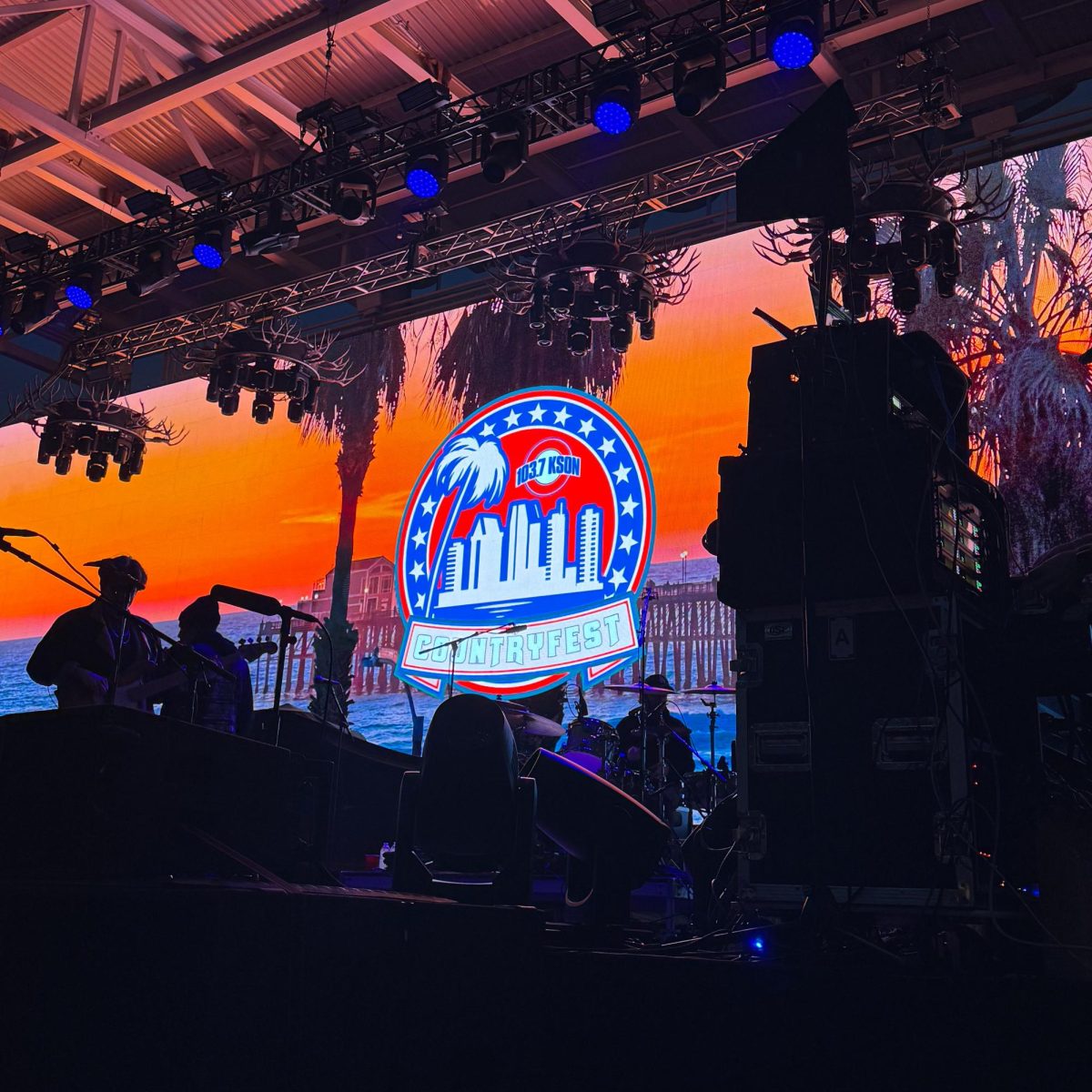Lane Yazzie is an English senior with an American Indian studies minor at San Diego State University. He is also full Diné, known to the federal government and non-native American Indian people as Navajo.
Yazzie grew up on the largest Indian reservation in the United States, located in the four corners area of northern Arizona.
“I was pretty privileged to grow up in the capital area of the reservation, which was more developed,” he said. “It was easier than most places on the reservation, which don’t have running water or electricity. It’s weird to say that because you think only third world countries have that [problem], but that’s part of my reservation.”
Yazzie said he was grateful to have grown up immersed in his culture and language, surrounded by natives. Moving off the reservation was a shock, as was seeing the extreme range of privilege and poverty that exists in communities.
“Not a lot of people get the opportunity to go to college for free, especially Native Americans,” he said. “That motivates me to one day give back to my community. I want to show the younger generations the college path, and that there are scholarships available for them to further their education.”
Yazzie said he wants to one day teach English to high school students on a reservation, whether that be his home reservation, or another.
Though Native Americans learn English, their history and culture is not generally taught off of the reservations. Native American history, though a huge part of this country’s past, is hardly mentioned in most textbooks and is not part of standard curriculum.
“I believe it’s wrong that my history is offered as an elective, when European history is in the curriculum base,” he said.
There are other aspects of Native American culture and life that are also under publicized.
On Oct. 5, the U.S. Court of Appeals D.C. Circuit will hear arguments concerning the North Dakota Access Pipeline lawsuit.
This case has had almost no media coverage, although it may set precedent for future cases having to do with the use Native American land. The main coverage of the DAPL case has been generated mainly through social media.
“Should [these] protests successfully block the pipeline, that would go a long way towards making stories like this more ‘newsworthy’ in the eyes of the news media,” said John Mercurio, a political science professor with an emphasis in Native American government.
The DAPL lawsuit, filed by the Standing Rock Sioux tribe against the U.S. Army Corps of Engineers concerns an oil pipeline that is being built through Native American sacred burial grounds and the tribe’s water supply. The federal government allegedly failed to confer with the Standing Rock Sioux tribal leaders about the construction. This is an issue Yazzie said he was familiar with.
“I feel like this case will shine light on the things that we’re not talking about, that are happening on reservations,” he said. “On my reservation we’re dealing with uranium mines that were (created) during one of the wars to be used as an energy source.”
Yazzie said his people are still dealing with open pits full of radioactive uranium that has contaminated the reservation’s water supply.
“What people aren’t understanding is that these are sacred lands,” he said. “To Native Americans, most things hold value. Uprooting that [land] tears apart the spiritual aura of it and destroys its connection to nature.”












